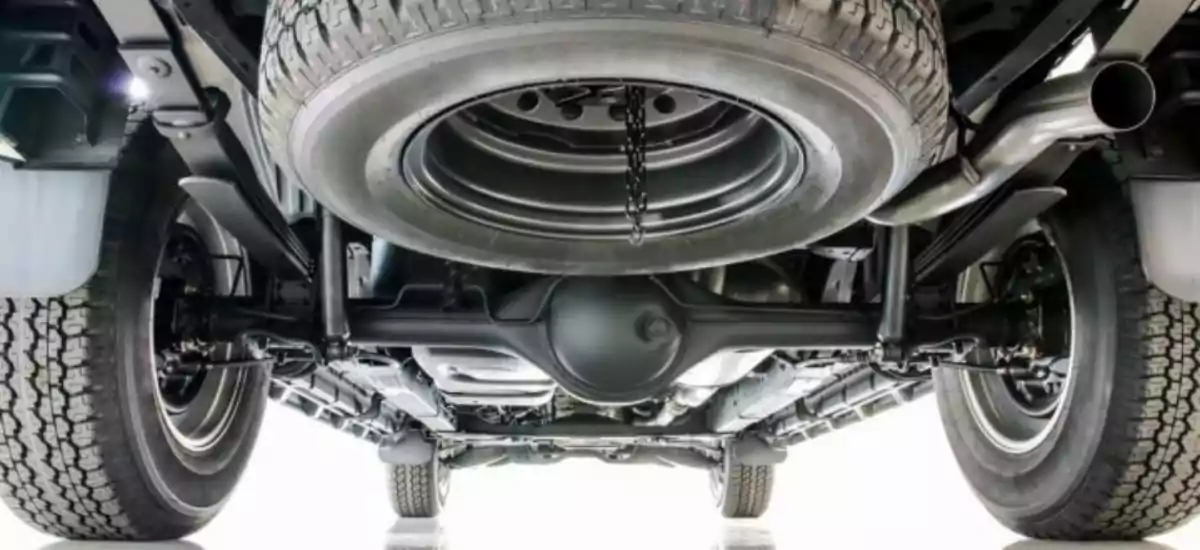Generally, cars are powered by two axles for rotating the main drive wheels. However, vehicles requiring heavy workloads or all-weather performance are built with more than two axles. If you are one of those people wondering how many axles cars have, then you can count the axles by checking out the pair of tires a car has (one axle for every pair of tires). Trucks and buses having extra tires come with extra pairs of axles to support smooth functioning.
Axles play an important role in the smooth functioning of any vehicle. An axle works as a medium for transferring mechanical power from the engine to rotating tires for movement. Therefore, for every car owner, it’s crucial to have some basic information about the axles of cars to help fix any minor issues in case of emergency.
So, if you are interested in finding more interesting information about How Many Axles Cars Have or the axles of cars, then stay tuned. This guide on car axles contains everything you need to know.
Basic Structure Of Car Axles And Their Functioning
Axles are made up of a series of attached parts, including wheels, differential gear (connected to the engine), driveshaft, and suspension. These are the central shafts that rotate your car’s wheels, causing it to move in the required direction.
A standard axle is the main axle that comes with most cars. For example, front-engine vehicles come with front-wheel standard axles, and rear-engine vehicles have rear-wheel standard axles. In the case of all-wheel-drive cars (4×4), these two types are combined to provide more balance to vehicle weight.
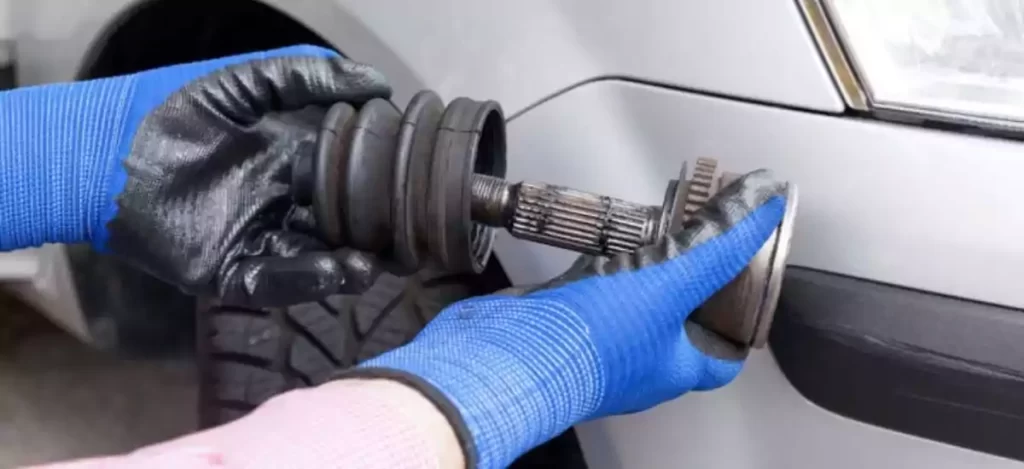
As the name suggests, the 4×4 axles come with extra wheels for better performance. Dual wheels help achieve a better grip on slippery surfaces and offer more stability during driving. This type of axle is mostly seen in off-roading vehicles (like SUVs 4×4), heavy-duty trucks, and some military vehicles, which need heavy capacity for carrying heavy workloads.
What Does The Axle Do In A Car?
The power produced by an engine gets transferred to wheels through its attached parts, i.e., driveshaft and differential gear. Then it gets transmitted through rotating tires to the road surface as mechanical energy for moving your vehicle forward. Since the power transfer from the engine to the tires is controlled through axles, they make for an important part of your vehicle.
The type of axle used in a car depends majorly on the vehicle’s power requirement and technical support. Here take a look at the three commonly seen axle types in vehicles:
1. Rear Axle
The rear axle of your car, located at the rear of the vehicle, comprises two parts, i.e., “rear axle shaft” and “rear differential.” The rear axles are the most common type as they come as standard with most car models. They function by transmitting mechanical power from the engine to vehicle axles, i.e., wheels. Generally, you will find rear axles connected as live; they are connected directly with the wheels and rotate with them. These rear axles are further divided into three subcategories:
- Semi-Floating Axle – Such axles connect and hold the wheel tightly to a flange-like structure on the exterior of the axles. It comes with two bearings; the first is for supporting axle shafts, and the second goes right inside the casing of the axle.
- Full-Floating Axle – In this type of axle, the wheels are connected to a center or hub and not to the flange-like structure on the exterior of the axles. The support bearings are located on both sides of the axle. Full-floating axles come mostly with rear wheels.
- Three-Quarter Floating Axle – These rear axles are another type of axle that rarely comes with a hub. Instead, it has a flange at the top. It does not have any support bearings or bearings for the axle shaft; instead, it connects with wheels.
2. Front Axle
The front axle is a more advanced type of axle that includes three additional parts; “front differential,” “front driveshaft,” and “front suspension.” In case you are wondering how many axles a front-wheel drive car has, then your answer is two. These front axles are commonly carbon steel or nickel steel to ensure a sturdy design. Further, these front axles are divided into two types:
- Dead Front Axle – These axles are designed to stay intact in their place, even when the wheels are rotating. Dead front axles are designed with housings that help avoid direct contact with dirt or water.
- Live Front Axle – Such axles are different from dead axles because they deliver power directly from the gearbox to the wheels.
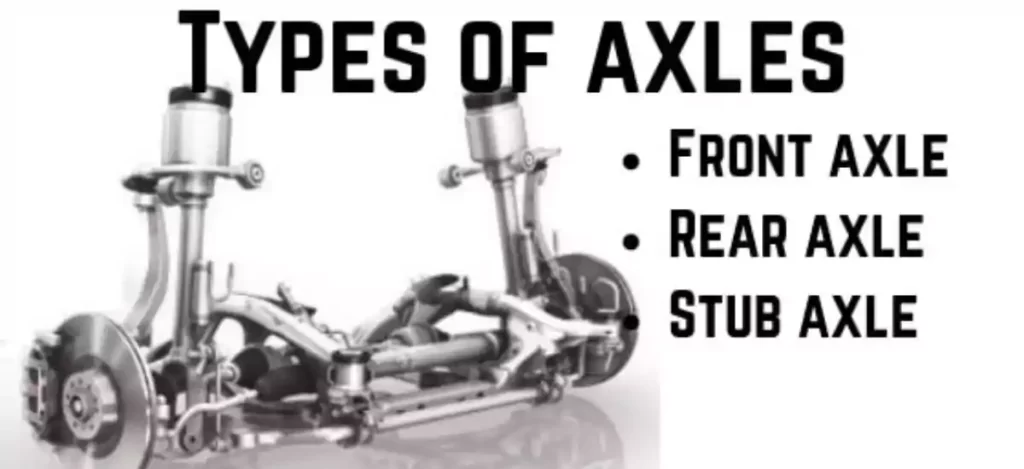
3. Stub Axle
These axles are also connected with the front wheels of your vehicle, but using kingpins that connect stub axles to the front axles. They are also known as independent axles as they don’t rotate with wheels. The advantage of using a stub axle is that it allows wheels to rotate in different directions, thereby providing better control over steering. Stub axles are further categorized under four categories:
- Elliot – Such axles comprise the kingpin, a cotter, and a yoke for making a connection with the front axles.
- Reverse Elliot – As the name suggests, such axles come with an arrangement than a standard Elliot stub axle.
- Lamoine – Specially designed axles with L-shaped instead of a regular yoke-type hinge.
- Reverse Lamoine – Unlike standard Lamoine, these axles use opposite settings to the standard Lamoine.
So, these are the three types of axles you will find in vehicles. You can easily determine the axle type in your car by looking at its parts. That said, it’s time we move on to some interesting facts on different types of car axles.
Factors That Decide the Type of Axle in a Car
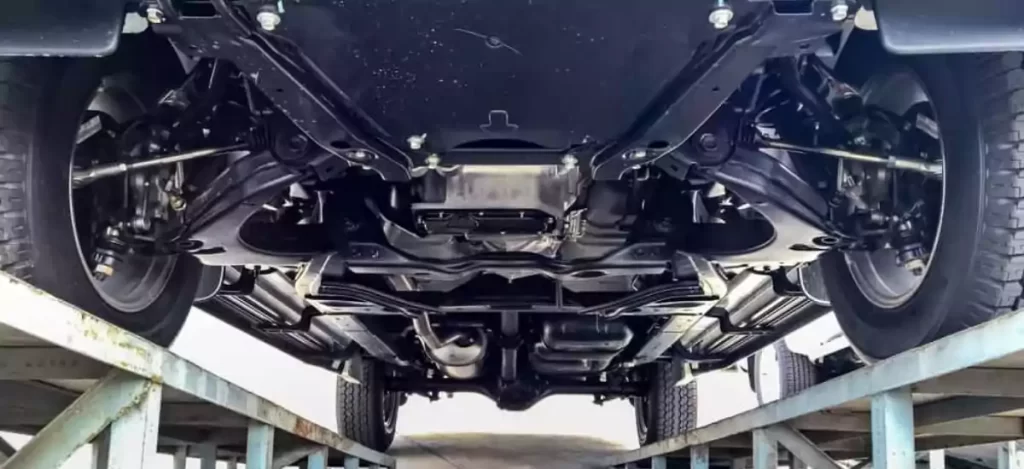
Certain factors come into play while deciding the type of axle in a vehicle. Technical requirement, power generated, the force produced, and a few other factors come into play when deciding the type of axle. While some vehicles have pre-designed standard axles, others have more customized axle sets.
How To Know How Many Axles A Car Has?
To answer a question like how many axles cars have, you should first know that number of axles varies sharply across different types of cars. On average, all four-wheelers have two axles to support two pairs of wheels. But large vehicles like buses, trucks and military containments have more axles to account for more large power requirements.
You can find the number of axles in any car by simply counting the number of tires. For every pair of wheels, there is one axle in your car. So, for example, if your car has four wheels, you can predict that it has two axles.
Few Symptoms of a Malfunctioning Axle
Axles make for a vital component, and you need their proper maintenance to keep your vehicle in running condition. There are a few indicators that can help you predict that the axles of your car are in damaged/disrepair condition. Take a look at a few such symptoms of a malfunctioning car axle:
- Steering, suspension, and handling become inconsistent, or you feel a sudden feeling of losing control of the vehicle.
- Wheels stop spinning on the road when they turn. Also, hearing a loud clunk sound while shifting gears is a symptom of damaged axles.
- A change in resistance when powering the car up, i.e., it becomes harder to start or feels like your engine is weak when turning the key in the ignition.
If your car is showing such symptoms, then it is high time that you get the axles of your car repaired. In case the axles of your car are damaged, it will not move a single inch forward even in running condition.
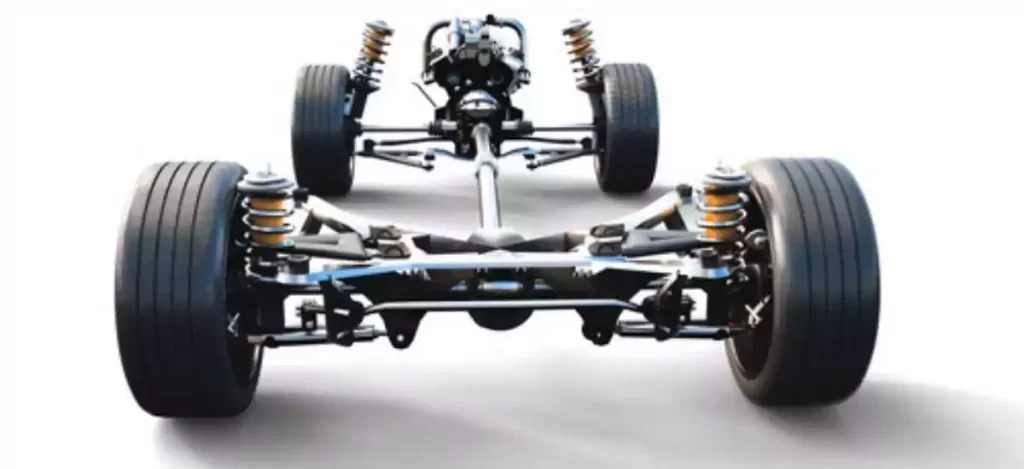
What Causes An Axle To Break?
Even though these axles are designed to bear heavy loads, there are still chances that they might break under extreme pressure. The durability of your car axles depends upon their material and the care you put into their maintenance. Here are some reasons that might cause the breaking of your axles:
- You are consistently carrying weights heavier than the maximum limit your car can withhold.
- When a vehicle gets old, the breaking of car axles becomes common. This is because the axles get thin and brittle under rust and corrosion.
- If the roads in your area are rough or you make trips to rough terrain with your car, it could cause the breaking of car axles.
Axle Issues to Consider
You need to consider a few crucial things while choosing the right axle ratio for any vehicle. These include:
- The sticker on the window delivers some vital info regarding the fuel economy as per the standard axle ratio. However, if you are getting a car or truck with a customized axle option, be prepared to face low fuel economy.
- Experts mostly use two combinations; a lower axle ratio with a talk gear option and the second option higher axle ratio with short gears. The former is perfect for delivering better mileage, whereas the latter has the potential to bear more load.
Frequently Asked Questions
Q1. How many axles does a truck have ?
Ans. The truck comprises a complicated axle system to bear those high weights. The front axles of trucks are old and solid built while the rear ones are made in a more ordinary design. Commonly, you will find that trucks have more than two axles.
Q2. Is It Safe to Drive With a Broken Axle?
Ans. If your axle is partially broken, you can safely drive it a few miles to reach a workshop. However, a completely broken axle can cause damage to the alignment of your car and lead to accidents.
Q3. What are the different types of rear axles?
Ans. Rear axles are generally of three types; semi-floating, full-floating, and three-quarters floating are three types of the axle.
Q4. What is a full floating axle?
Ans. Full-floating axles are less common. Such axles come with a hinge that is completely detached from the frame. Moreover, it contains a rubber joint for absorbing shocks and other vibrations.
5. What Is 2 Axle Vehicle?
Ans. 2 axle vehicle means there are two axles used in your car. These two axles are designed to either support one or two wheels of your car.
Final Words
After heavy rain or snow, your vehicle weighs more than normal. It will need extra support while using the drive wheels to move forward. So, if you have a car or truck with axle issues, please get in touch with our team, and we can help you get your car repaired in no time.

